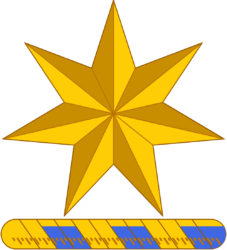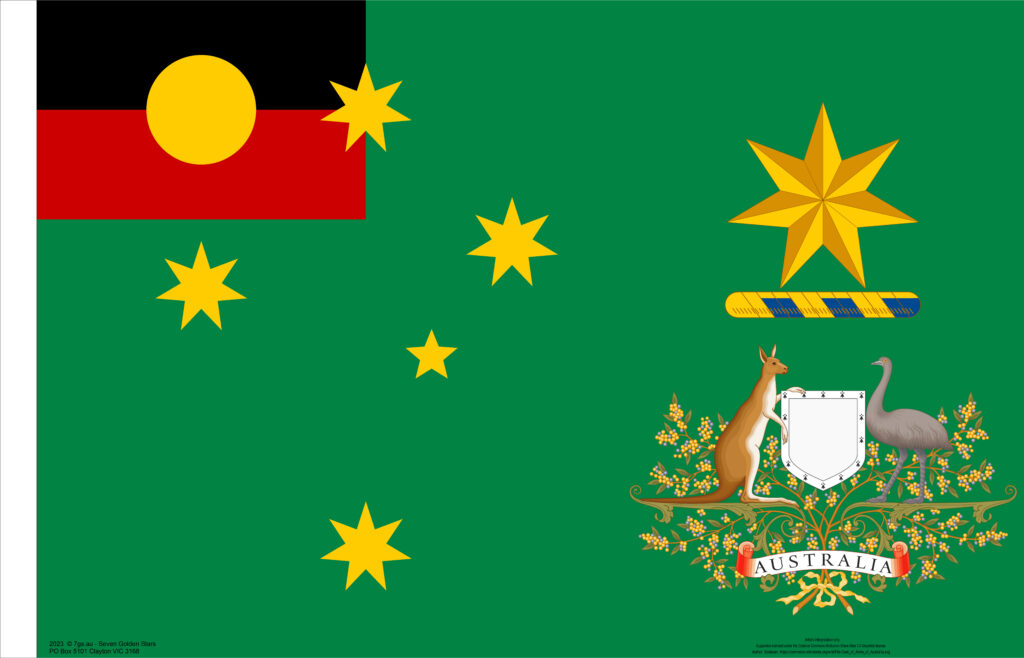The proposal discusses a rational and modern explanation for the Star of Bethlehem, suggesting that it may have been the star Acrux (Alpha Crucis) from the Southern Cross constellation. The main points of this explanation include:
- The Magi observed the helical rising of Acrux from Jerusalem, using the town of Bethlehem as a reference point on the southern horizon.
- Acrux rose to the east, moved westward, and last appeared just above Bethlehem at the break of dawn, potentially leading to a misinterpretation of its significance.
- The Magi’s description of the star’s movement and its proximity to constellations near Acrux may have been misunderstood by people in Herod’s court.
- The star Acrux was visible every year and not unusual, which could explain why others didn’t see it as significant.
- The story combines empirical observations of Acrux with cultural interpretations to create the narrative of the birth of Jesus.
- Axial precession could explain why the Southern Cross is no longer visible above Bethlehem, supporting the idea that Acrux was the star.
The explanation proposes that the Magi were astronomers who travelled to gain a better view of the fading star Acrux, and their enthusiasm was misunderstood by people in Herod’s court. This interpretation aligns with the symbolism of the Southern Cross and offers a new perspective on the traditional story of the Star of Bethlehem.
The summary also includes details about the reasoning behind the explanation, the use of software to verify astronomical claims, and the possible cultural and historical context of the Magi’s journey. It suggests this perspective provides new meaning for the Christian message and encourages engagement with other cultures and the modern world.
Webpage snapshot captured on 03 Jan 2014 08:12
http://pandora.nla.gov.au/pan/89508/20140102-1321/becrux.net/starofbethlehem/index.html

Astronomical software shows an animation of the stars as they would have appeared viewed directly south of Jerusalem around 2000 years ago.
The Southern Cross is no longer visible from Jerusalem because of axial precession, and the gradual disappearing of this significant star (13th brightest) below the horizon would have motivated astronomers to travel to the mountains for a better view. Acrux would have only been visible during a few brief weeks of the year.
The deciding factor for this perspective is the match between the narrative of Jesus being born in a manger and the fact that the Southern Cross constellation is surrounded by the constellation Centaurus – with Crux located near the legs and feet of the Centaur.


